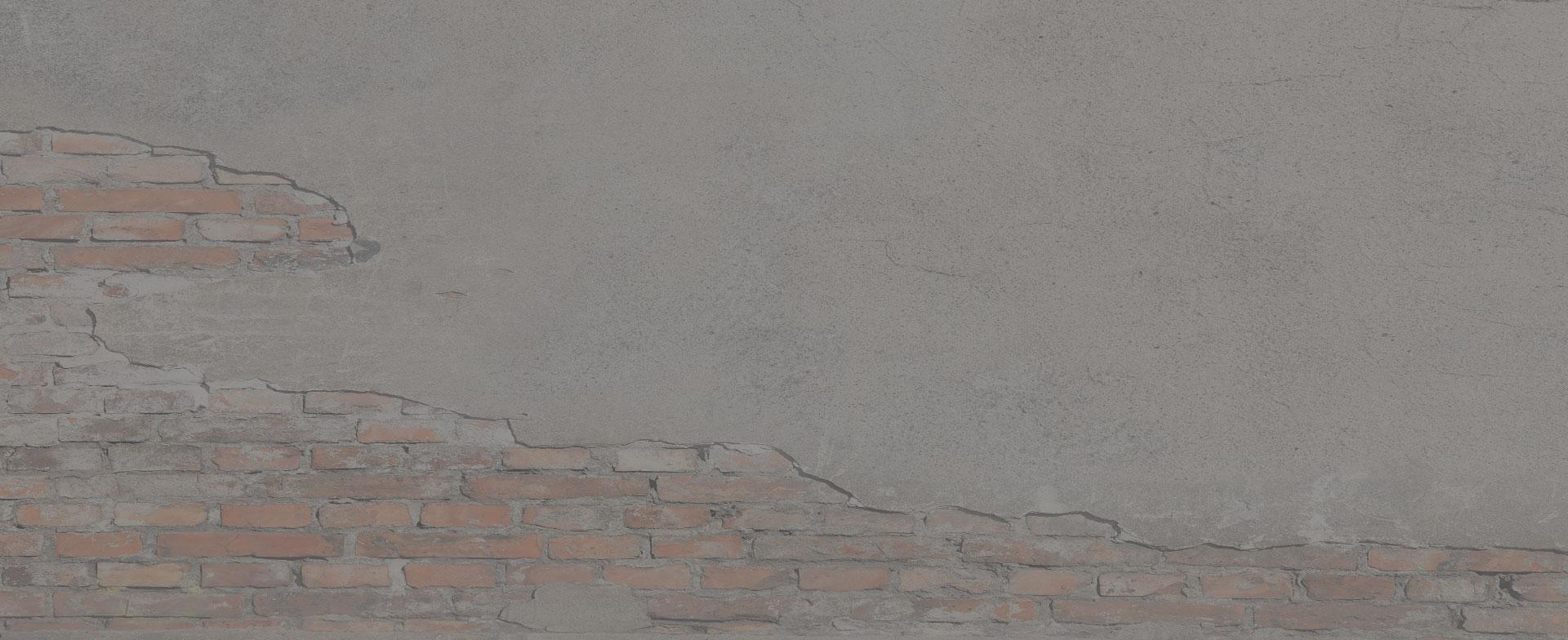Capillary ascending moisture is a problem that occurs in walls that are in contact with the ground. Poorly insulated or waterproofed walls in ground floors, semi-basements and basements often suffer from this pathology.
The visible signs of capillary ascending moisture are bubbling paint and damaged plaster. If you look closely, you will be able to see white powder on the most damaged areas. There is normally an unpleasant musty smell in rooms or inside furniture and black mould may even appear on most damp areas. A lack of waterproofing causes something called ascending moisture. This is when the moisture in the ground filters up through the porous materials in walls.
The reason the water rises up through the walls is linked to a physical phenomenon. Water molecules have the ability to stick together thanks to what is known as “adhesive force”. This also allows the molecules to stick to other materials. If you look at a drop of water on a window, it will stay there until another drop joins it. The weight of both will then cause the drop to slide down the window. If you hold a glass of water up to the light, you´ll notice that the water touching the sides of the glass is higher. This creates a concave curve.
Each wall, depending on the material and the construction method used, absorbs moisture in a different way. Waterproofing wall coverings causes a rise in humidity as the materials stop being breathable.
Rising damp is the constant movement of water molecules from the ground up to the tops of walls, which reaches different heights. When the highest parts of the wall coverings have become saturated, surface moisture then starts to evaporate into the air. This causes strips of salt to form along the top of the wall.
Continuous evaporation inside rooms causes several problems. Increased humidity promotes the growth of a number of microorganisms, such as moulds, fungi and dust mites in clothes, curtains, blankets and behind furniture.
High humidity can also cause black mould to appear along the bottom of walls. This makes the house less comfortable to live in because damp walls are less efficient at insulating. This causes significant heat loss which, in turn, makes heating costs go up.
Mould on walls, however, is an even greater problem. The spores that mould is made of are very light. They spread throughout the air and when inhaled, they can cause considerable damage to our health through lingering colds, allergies, asthma, sinusitis or other respiratory symptoms.
Finally, there is the problem of aesthetics. Saline efflorescence and damaged paintwork, wall coverings, plastering keep coming back because the damp continues to rise up through the walls. The BIODRY drying system stops the flow of rising damp, which allows the walls to dry out completely and to be permanently restored.
Although not many people know this, the decisive factor in increased rising damp is the electrical charge in the walls, which directly affects water molecules. Measuring the electrical potential in one of the walls affected by capillary ascending moisture proves that it is charged like a battery.
This electrical disturbance in the wall can be seen in the electrical potential difference, which can vary between 50/60mV to 400/600 mV. The electrical charge is higher at the bottom of the wall and starts falling the higher up the wall you go until it eventually reaches zero.
This electrical phenomenon is natural and caused by several geological factors, such as the earth’s magnetic field and underground currents.














